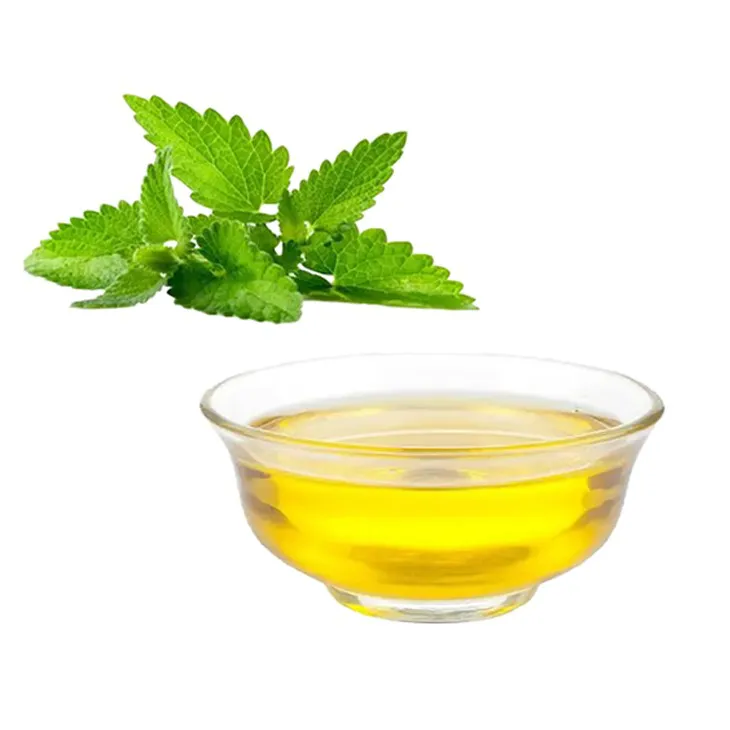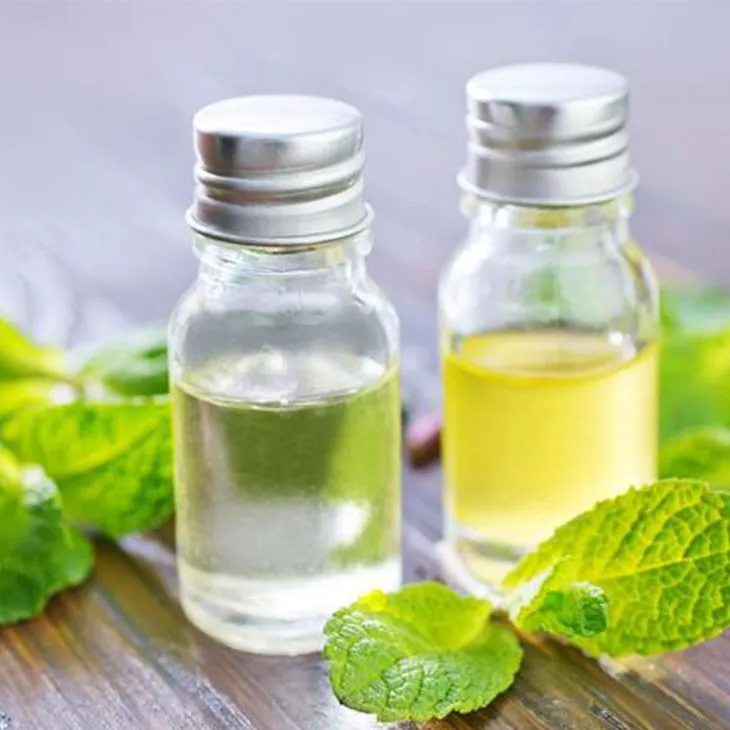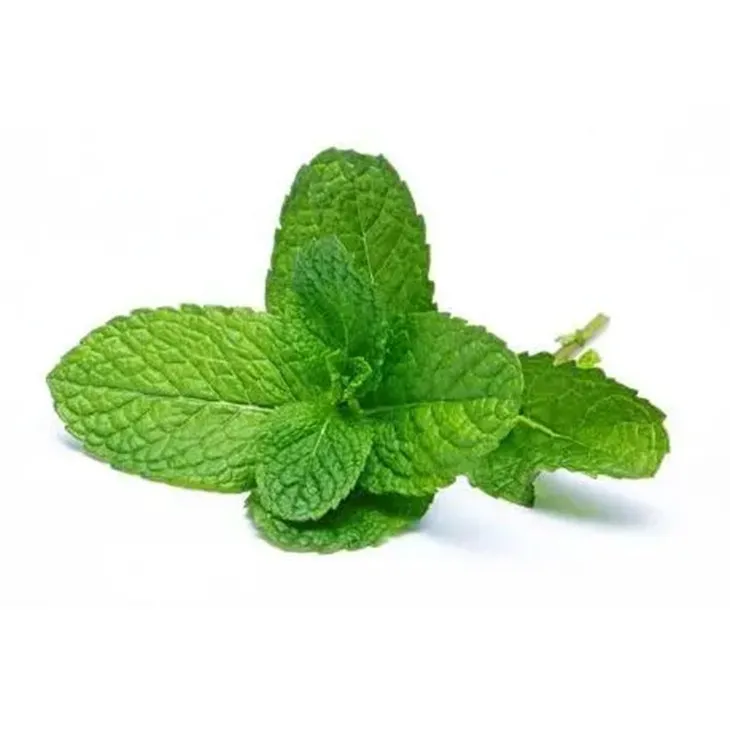- 0086-571-85302990
- sales@greenskybio.com
What is peppermint oil and why use it on the skin?
2024-11-12

1. Introduction to Peppermint Oil
Peppermint Oil is a natural essential oil that is obtained from the peppermint plant, which is a hybrid of watermint and spearmint. This plant is known for its characteristic cool and refreshing aroma. The oil is extracted through a process of steam distillation. It contains a rich blend of active compounds, which are responsible for its numerous properties and potential benefits when used on the skin.

2. Composition of Peppermint Oil
Peppermint oil is composed of several key components:
- Menthol: This is one of the most prominent compounds in peppermint oil. Menthol is responsible for the characteristic cooling sensation that peppermint oil imparts. It has a local anesthetic effect on the skin, which can numb minor pain and itching. Menthol also has anti - inflammatory properties, which can help to reduce redness and swelling on the skin.
- Menthone: Menthone contributes to the overall aroma of peppermint oil. It also has some antibacterial and antifungal properties. This makes peppermint oil useful in preventing and treating certain skin infections.
- Limonene: Limonene is a terpene that is found in many essential oils, including peppermint oil. It has antioxidant properties, which can help to protect the skin from damage caused by free radicals. Free radicals are unstable molecules that can damage skin cells and contribute to the aging process.
- Caryophyllene: Caryophyllene is another terpene that is present in peppermint oil. It has anti - inflammatory and analgesic (pain - relieving) properties. When applied to the skin, it can help to reduce muscle pain and joint pain.

3. Benefits of Using Peppermint Oil on the Skin
3.1 Cooling and Soothing Effect
The menthol in peppermint oil creates a cooling effect when it comes into contact with the skin. This is especially beneficial for irritated or inflamed skin. For example, if you have a sunburn or a minor skin rash, applying peppermint oil can provide immediate relief. The cooling sensation helps to numb the pain and reduce the itching associated with these conditions. It also has a soothing effect on the skin, which can help to calm down redness and inflammation.
3.2 Antibacterial and Antifungal Properties
As mentioned earlier, peppermint oil contains compounds such as menthone that have antibacterial and antifungal properties. This makes it useful in preventing and treating skin infections. For instance, it can be used to treat acne, which is often caused by the overgrowth of bacteria on the skin. Peppermint oil can also be effective against fungal infections such as athlete's foot. By applying peppermint oil topically, you can help to keep the skin clean and free from harmful microorganisms.
3.3 Pain Relief
Peppermint oil has analgesic properties that can help to relieve various types of pain when applied to the skin. The menthol and caryophyllene in the oil work together to numb pain receptors on the skin. This makes it useful for relieving muscle pain, such as after a strenuous workout or for people with chronic muscle pain conditions. It can also be effective in relieving joint pain, such as in cases of arthritis. Additionally, it can be used to relieve headaches when applied to the temples or the back of the neck.
3.4 Skin Health and Appearance
The antioxidant properties of peppermint oil, due to components like limonene, can help to improve the overall health and appearance of the skin. Antioxidants protect the skin from free radical damage, which can lead to premature aging, wrinkles, and dull skin. By using peppermint oil on a regular basis, you can help to keep your skin looking healthy and youthful. It can also improve skin texture by promoting cell turnover and reducing the appearance of pores.

4. How to Use Peppermint Oil on the Skin
4.1 Dilution
Peppermint oil is very concentrated, and it should always be diluted before applying it to the skin. Undiluted peppermint oil can cause skin irritation, especially for those with sensitive skin. A common dilution ratio is to mix 2 - 3 drops of peppermint oil with 10 - 15 ml of a carrier oil, such as coconut oil, almond oil, or jojoba oil. Carrier oils help to spread the peppermint oil evenly on the skin and also reduce the risk of irritation.
4.2 Application Methods
There are several ways to apply diluted peppermint oil to the skin:
- Massage: You can use diluted peppermint oil for a relaxing massage. For muscle pain relief, gently massage the oil into the affected area in circular motions. This helps to increase blood circulation to the area and also allows the active compounds in the oil to penetrate the skin.
- Spot Treatment: For treating acne or other small skin infections, apply a small amount of diluted peppermint oil directly to the affected area using a cotton swab. Leave it on for a few minutes and then rinse off if desired.
- Compress: Soak a clean cloth in a solution of diluted peppermint oil and water. Then apply the compress to the skin for a cooling and soothing effect. This is especially useful for sunburns or skin rashes.

5. Precautions and Considerations
5.1 Skin Sensitivity
As mentioned before, peppermint oil can cause skin irritation in some people, especially those with sensitive skin. Before using peppermint oil on a large area of your skin, it is advisable to do a patch test. Apply a small amount of diluted peppermint oil to a small area of skin, such as the inside of your wrist, and wait for 24 hours to see if there is any reaction. If you experience redness, itching, or swelling, do not use the oil on your skin.
5.2 Pregnancy and Nursing
Peppermint oil should be used with caution during pregnancy and nursing. Some studies suggest that the strong aroma and active compounds in peppermint oil may have an impact on the fetus or nursing infant. It is best to consult a healthcare provider before using peppermint oil if you are pregnant or breastfeeding.
5.3 Allergic Reactions
Although rare, some people may be allergic to peppermint oil. If you have a history of allergies to mint or other essential oils, it is important to be cautious when using peppermint oil. If you experience any signs of an allergic reaction, such as difficulty breathing, hives, or swelling of the face, lips, or tongue, seek medical attention immediately.
6. Conclusion
Peppermint oil is a natural and versatile essential oil that can offer several benefits when used on the skin. Its cooling, antibacterial, pain - relieving, and antioxidant properties make it a valuable addition to your skin care routine. However, it is important to use it correctly and with caution, taking into account factors such as skin sensitivity, pregnancy, and potential allergic reactions. By following the proper guidelines for dilution and application, you can safely enjoy the benefits of peppermint oil for your skin health.
FAQ:
Q1: How is peppermint oil extracted?
Peppermint oil is typically extracted through steam distillation. The mint plants are harvested, and then steam is passed through them. The essential oil is then separated from the plant material and condensed for collection.
Q2: Can peppermint oil be used on all skin types?
While peppermint oil can have benefits for many skin types, it may not be suitable for all. People with very sensitive skin may experience irritation. It's always advisable to do a patch test on a small area of skin first to check for any adverse reactions.
Q3: How often can peppermint oil be applied to the skin?
The frequency of application depends on the purpose and individual skin tolerance. For general soothing or mild antibacterial use, it can be applied once or twice a day. However, if there are any signs of irritation, the frequency should be reduced or stopped.
Q4: Are there any side effects of using peppermint oil on the skin?
Some possible side effects include skin irritation, redness, or a burning sensation, especially in those with sensitive skin. In rare cases, allergic reactions may occur. It should not be applied near the eyes or on broken skin without medical advice.
Q5: How should peppermint oil be diluted for skin use?
Peppermint oil is very concentrated and should be diluted before applying to the skin. It can be diluted with a carrier oil such as coconut oil, jojoba oil, or almond oil. A common dilution ratio is about 2 - 3 drops of peppermint oil per teaspoon of carrier oil.
Q6: Can peppermint oil help with acne - prone skin?
Yes, it can potentially help. Its antibacterial properties can combat the bacteria that contribute to acne. However, it should be used with caution as it may also cause irritation in some acne - prone skins.
Related literature
- Beneficial Effects of Peppermint Oil on Skin Health"
- "Peppermint Oil: Skin Applications and Safety Considerations"
- "The Role of Peppermint Oil in Skin Therapy"
- ▶ Hesperidin
- ▶ Citrus Bioflavonoids
- ▶ Plant Extract
- ▶ lycopene
- ▶ Diosmin
- ▶ Grape seed extract
- ▶ Sea buckthorn Juice Powder
- ▶ Fruit Juice Powder
- ▶ Hops Extract
- ▶ Artichoke Extract
- ▶ Mushroom extract
- ▶ Astaxanthin
- ▶ Green Tea Extract
- ▶ Curcumin
- ▶ Horse Chestnut Extract
- ▶ Other Product
- ▶ Boswellia Serrata Extract
- ▶ Resveratrol
- ▶ Marigold Extract
- ▶ Grape Leaf Extract
- ▶ New Product
- ▶ Aminolevulinic acid
- ▶ Cranberry Extract
- ▶ Red Yeast Rice
- ▶ Red Wine Extract
-
Wheat Germ Extract
2024-11-12
-
White mustard seed extract
2024-11-12
-
Hedyotis Diffusa Extract
2024-11-12
-
Pueraria Lobata Extract
2024-11-12
-
Citrus bioflavonoids
2024-11-12
-
Europen Bilberry Extract
2024-11-12
-
Sea buckthorn oil
2024-11-12
-
Nettle leaf extract
2024-11-12
-
Nutmeg Extract
2024-11-12
-
Uridine-5'-monophosphate Disodium salt
2024-11-12





















